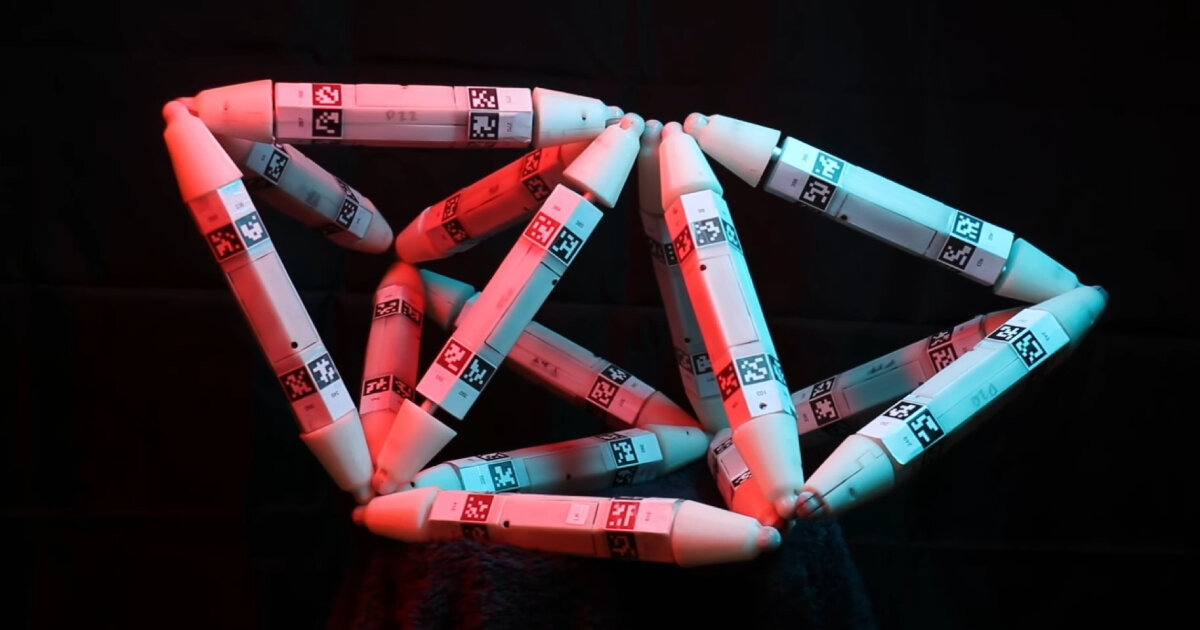
"Columbia University's robot metabolism concept enables machines to grow, heal, and autonomously take parts from other robots by consuming them, simulating living organisms."
"The Truss Link, the primary component of this system, has magnetic ends allowing it to connect at various angles, facilitating self-repair and growth through reconfiguration."
"A robot can transform 2D shapes into 3D structures and improve its capabilities, like increasing speed, by adding additional Truss Links during its operation."
"This robotic system moves beyond traditional manufacturing by allowing machines to regenerate and enhance themselves, reflecting a significant advancement in robotics."
Columbia University researchers have unveiled a revolutionary robot metabolism system that enables robots to self-repair, grow, and assimilate parts from other machines. This innovation mimics biological organisms' ability to utilize available materials for survival. The central element, a Truss Link, features powerful magnetic connectors that facilitate versatile configurations. Robots can morph from 2D to 3D shapes and regain functionality, such as enhancing speed through additional Truss Links. This development signals a major leap in robotics, highlighting self-sufficiency and adaptability in robotic systems.
Read at designboom | architecture & design magazine
Unable to calculate read time
Collection
[
|
...
]